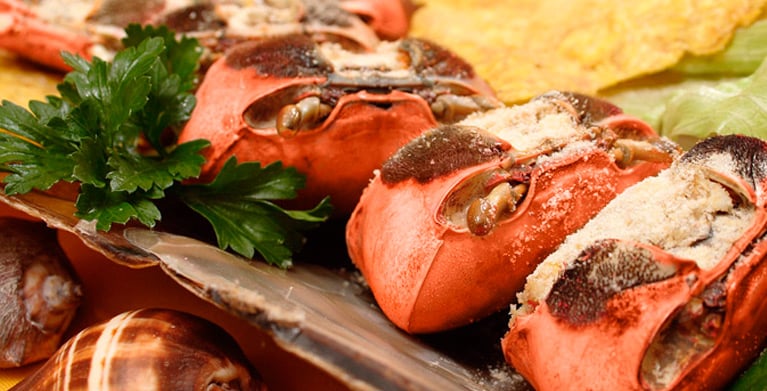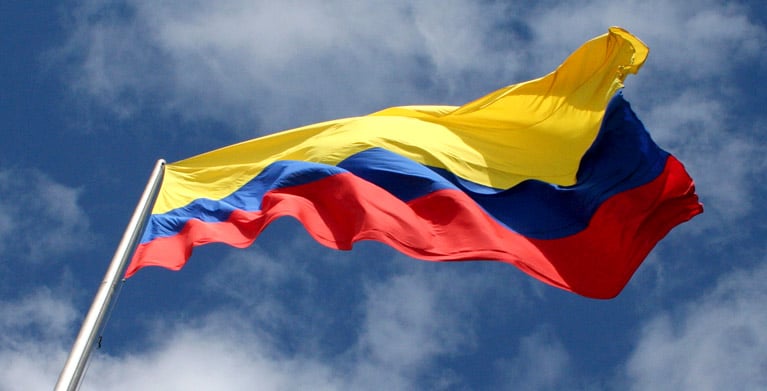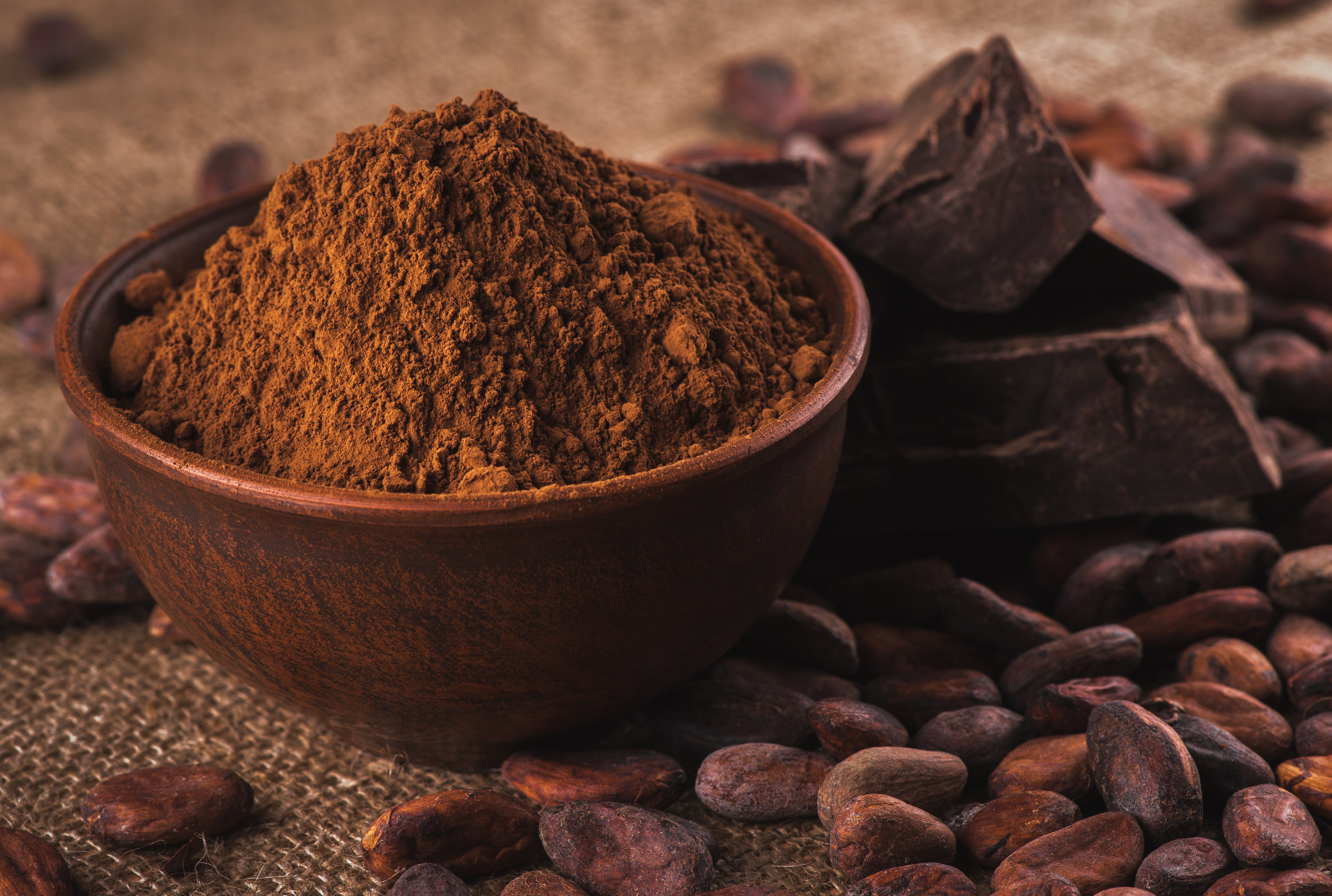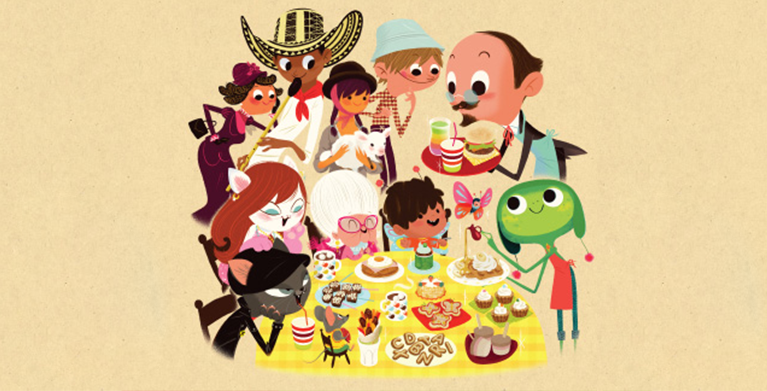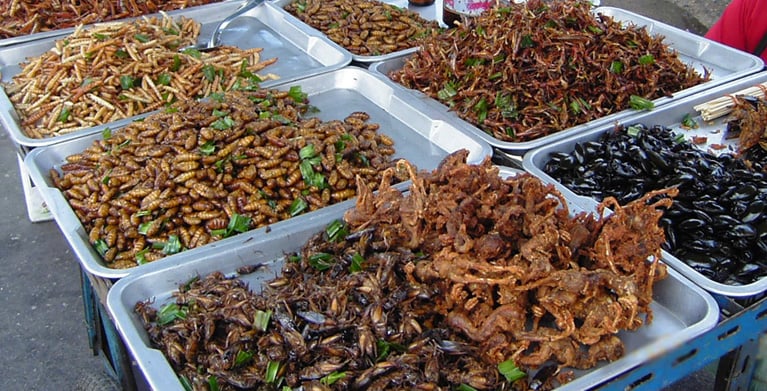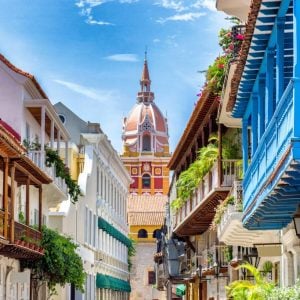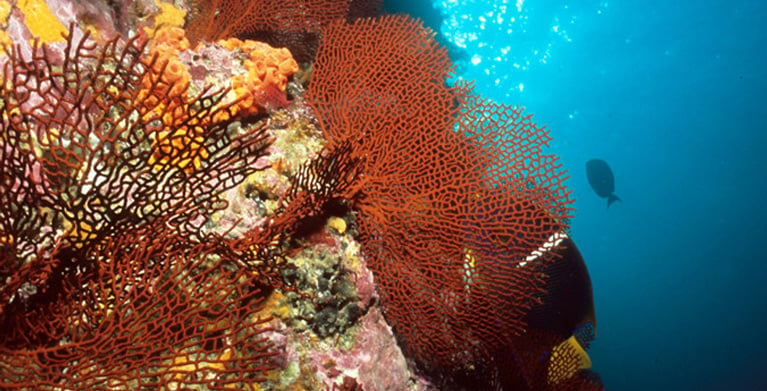If you’ve ever heard of Colombia – the second most biodiverse country in the world – and would like to know more about this place, here we’ll tell you general info you should know before visiting.
Where is Colombia located?
Have you ever wondered “Where is Colombia?” Well, you can find it on the northernmost end of South America.
To the north, it borders Panama and the Caribbean Sea, Peru and Ecuador to the south, Venezuela and Brazil to the east, and its entire west coast meets the Pacific Ocean. It has an immensely privileged placement, not just because it’s the only country in South America with coasts on two oceans, but also because being right in the middle of the continent allows it to easily connect with all countries in the Americas.
What’s the capital of Colombia?
Bogota is the capital of and largest city in Colombia. It’s located in the heart of one of the six natural regions – the Andean Region – which runs across the middle of the country from southwest to northeast. Bogota lies on a high plateau in the Andes mountains known as the Bogota savanna, at an altitude of over 2,600 meters above sea level.
This capital city is a meeting point of history, entertainment, local and international gastronomy, culture and business. It’s also a melting pot where people from all over the country come together, making it hugely diverse and multicultural. Bogota hosts the central offices of the Colombian government, as well as important universities and cultural centres such as theatres, libraries and museums.
What is the population of Colombia?
The current population of Colombia is over 51 million people based on the latest report by the United Nations Economic Commission for Latin America and the Caribbean (UNECLAC). This is equals around 0.65% of the total world population. The life expectancy in Colombia is 77 years for both men and women, and the median age is 31.
What time zone is Colombia in?
The entirety of Colombia lies within a single time zone, five hours behind Greenwich Mean Time (UTC-5). Due to its proximity to the Equator, there are no daylight savings or time changes during the year. Colombia shares the same time zone as Peru, Ecuador, Panama, Jamaica, Cuba and some cities of the eastern United States and Canada. Here you can check this in real time.
What is the climate of Colombia?
Colombia is one of the 13 countries that lie on the Equator. Thanks to this, Colombia has no seasons and doesn’t experience any extreme climate changes during the year. However, the country does have the privilege of enjoying a wide variety of climates thanks to its mountainous terrain. In Colombia it’s possible to go from summer-like temperatures to winter-like ones in little over an hour.
Colombia’s climates can be categorized as follows:
Warm: defined by high temperatures, regular rainfall, and humidity. The annual average always stays well over 24°C. Some of the products grown in this climate are cocoa, cotton, pineapple, and banana.
Mild: it changes the most throughout the year but remains within a very comfortable range. The average annual temperature is 20°C. Some of the products grown here are coffee, cereals, avocado, and flowers.
Cold: limited to high altitudes across the Andean mountain range, the annual average is around 14°C. Some of the products grown here are carrots, blackberries, curuba, potatoes and onions.
Moor: these are the highest habitable areas right before the snowy peaks, and are mostly rainy and extremely cold. The annual average is well below 10 °C.
What language is spoken in Colombia?
The official language of Colombia, as well as the most spoken, is Spanish. The country is very ethnically and linguistically diverse, with nearly 70 native Amerindian tongues spoken in different regions of the country. English is spoken as a second language across the country, but native in the islands of San Andrés, Providencia and Santa Catalina.
On the other hand, Spanish slang varies enormously across Colombia. There are several accents commonly used and understood throughout the country. The mostly popular being: ‘Paisa’ from Medellin and the Coffee Cultural Landscape, ‘Caleño’ from the city of Cali, and ‘Rolo’ from the capital city of Colombia.
What is the currency of Colombia?
Colombia’s official currency is the Colombian peso. Currently there are five different peso coins in circulation: 50, 100, 200, 500 and 1,000. Also, you’ll find seven different banknotes: 1,000, 2,000, 5,000, 10,000, 20,000, 50,000 and 100,000.
One US dollar is approximately 3,500 Colombian pesos.
Famous cities in Colombia
- Bogota, the capital of Colombia and its economic centre, where you will find many sites of great historical importance, as well as the best restaurants and nightlife in the country. Discover the limitless possibilities of the Colombian capital!
- Cartagena welcomes visitors with its walled city, balconies, and flower-filled courtyards. This Colombian Caribbean gem offers beautiful beaches, a vibrant nightlife, boutiques and tourist shops. Get to know some activities that La Heroica has to offer!
- Medellin, Colombia’s second-largest city, dubbed “the City of Eternal Spring” as well as “the Flower Capital” thanks to its pleasant climate and because of its famous Flower Festival, the city’s largest cultural event of the year. Discover why Medellin is definitely worth visiting more than once!
- Santa Marta, located on the Caribbean coast, offers great beaches and access to the famous lost city of the Tayrona and Sierra Nevada de Santa Marta national parks.
- Barranquilla has one of the most important ports in the country and is also the stage of the Carnival of Barranquilla, a world heritage event that brings together music, joy and traditions. Ready to join in the fun at one of the world’s greatest carnivals?
- Cali is Colombia’s third-largest city and known as the World Capital of Salsa, here you can enjoy a vibrant nightlife dancing in the Salsotecas or at traditional events such as the Cali Fair. Experience an unforgettable trip to Cali!
Fun facts about Colombia
Did you know that… Colombia is the second most biodiverse country in the world?
Did you know that… the most humid place on Earth is in Colombia? It’s a small town in the sprawling Eastern Plains called Puerto López, in the department of Meta.
Did you know that… Colombia has the largest number of species per unit area on the planet?
Did you know that… in Colombia you can visit 9 UNESCO World Heritage Sites, including the historic centres of Cartagena and Mompox, and the San Agustín Archeological Park?
Did you know that… the Luis Ángel Arango Library in Bogota is the most visited in the world?
Now that you’ve soaked up this general info, you can visit the country without hesitation. Make the most of your adventure and learn more about its cultural variety, landscapes, and activities by visiting the official tourism guide of Colombia here.
Also, discover why you should invest in Colombia, a country with great benefits and why Colombian products are conquering the world! Remember: it’s not Columbia, it’s Colombia.
Related articles:
The Climate and Weather in Colombia
Colombia, a country that celebrates its ethnic diversity
Discover these 5 places to immerse yourself in Colombian culture

